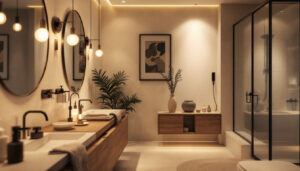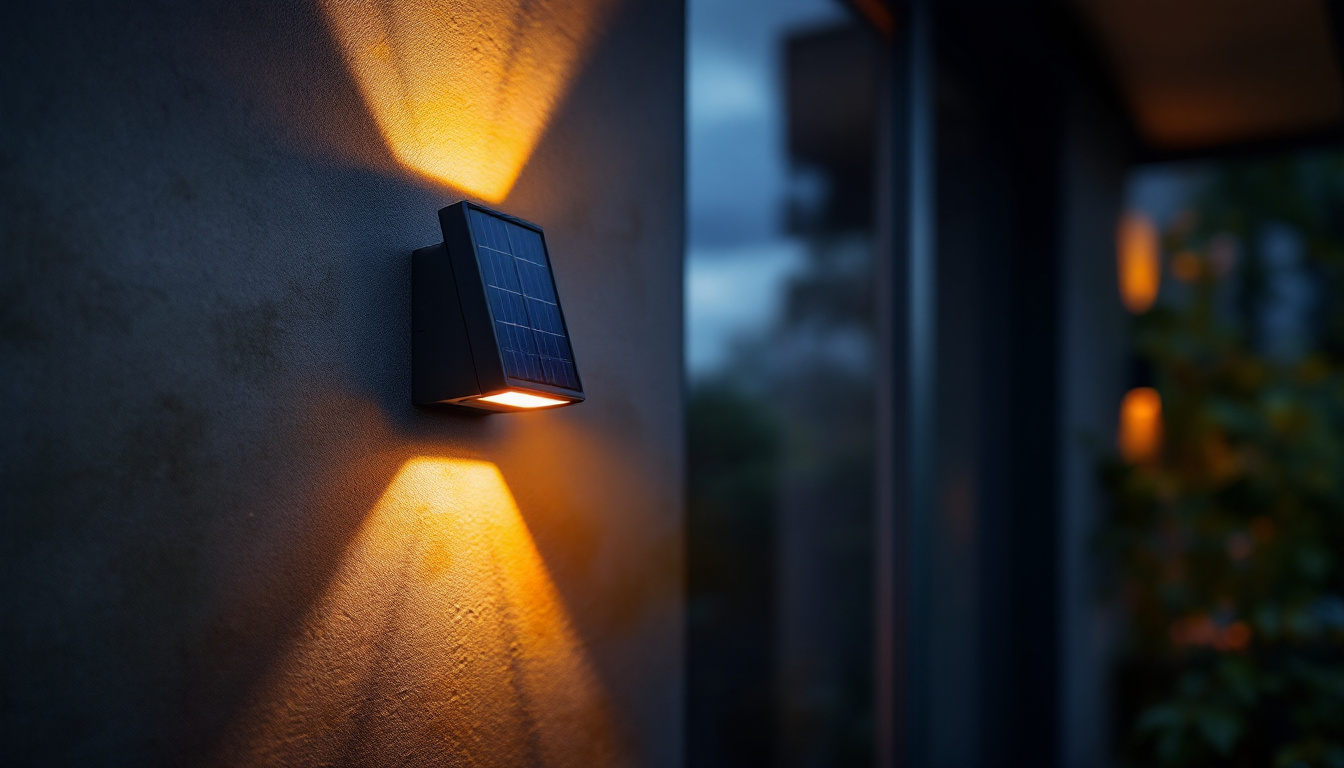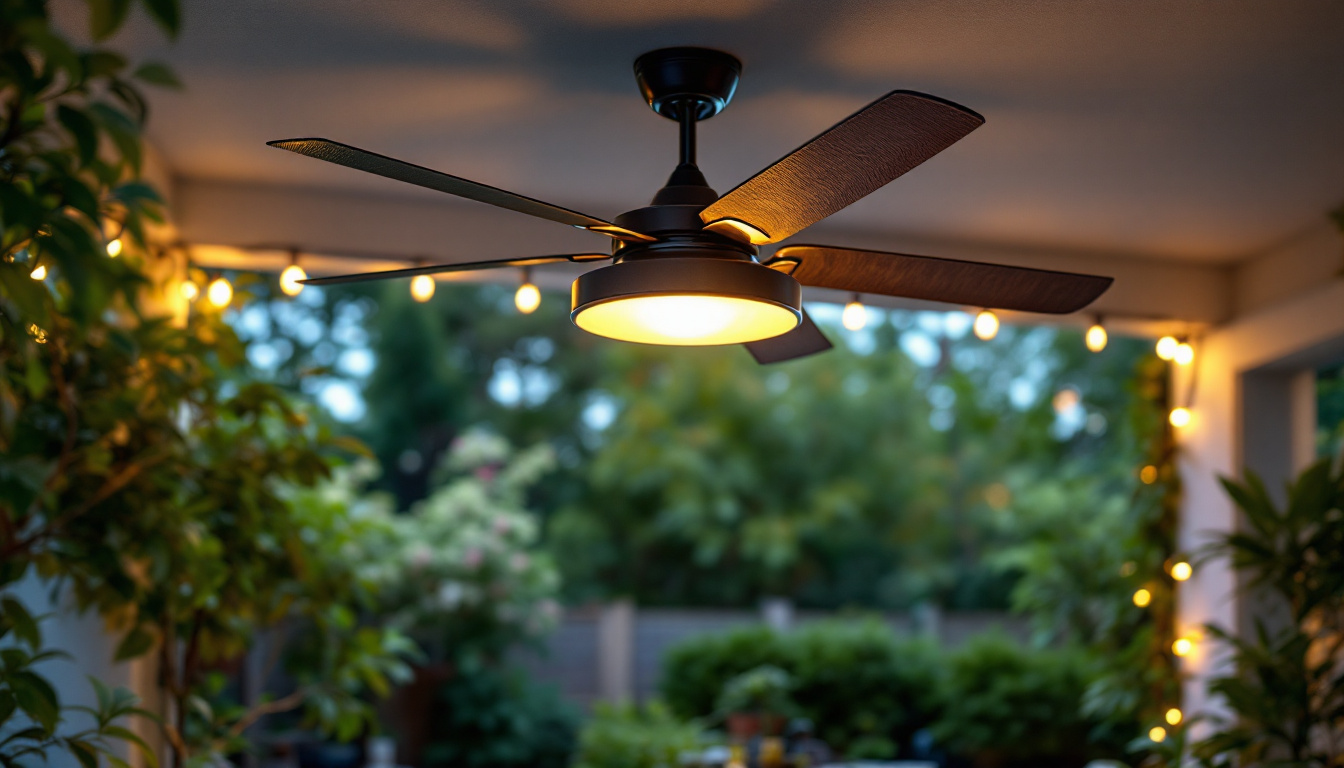

The transition to LED lighting has transformed the landscape of the lighting industry. For lighting contractors, understanding the implications of LED bulbs for light fixtures is crucial not only for staying competitive but also for enhancing profitability. This article delves into how the adoption of LED technology impacts the bottom line for lighting contractors, exploring benefits, challenges, and strategic considerations.
LED technology has gained significant traction in recent years, revolutionizing how light fixtures are designed and utilized. With their energy efficiency, longevity, and versatility, LED bulbs are becoming the preferred choice for both residential and commercial applications.
One of the most compelling advantages of LED bulbs is their energy efficiency. Compared to traditional incandescent or fluorescent bulbs, LEDs consume significantly less power, leading to lower utility bills for clients. This cost-saving aspect can be a strong selling point for contractors, as customers are increasingly looking for ways to reduce their energy expenses.
Moreover, the reduced energy consumption translates into a smaller carbon footprint, aligning with the growing trend of sustainability. Contractors who emphasize the eco-friendly benefits of LED lighting can attract environmentally conscious clients, further expanding their market reach. In addition to residential applications, businesses are also recognizing the financial benefits of LED technology. Retailers, for instance, can create striking displays with LED lights while simultaneously cutting down on energy costs, making their operations more profitable.
LED bulbs boast a much longer lifespan than traditional lighting options, often lasting up to 25,000 hours or more. This longevity not only means fewer replacements but also significantly lowers maintenance costs. For contractors, this translates into fewer service calls and a more satisfied customer base.
By promoting the durability of LED fixtures, contractors can position themselves as providers of long-term solutions rather than short-term fixes. This shift in perception can enhance customer loyalty and lead to repeat business, positively impacting the bottom line. Furthermore, the advancements in LED technology have led to a variety of options that cater to different aesthetic preferences and functional needs. From dimmable bulbs to smart lighting systems that can be controlled via mobile apps, the versatility of LEDs allows contractors to offer tailored solutions that meet the specific desires of their clients, ensuring a more personalized service experience.
While the benefits of LED lighting are clear, the initial investment can be a barrier for some clients. LED bulbs and fixtures typically come with a higher upfront cost compared to traditional lighting options. However, lighting contractors can play a pivotal role in helping clients understand the long-term financial benefits.
To alleviate concerns about upfront costs, contractors can explore various financing options and incentives available for LED installations. Many utility companies offer rebates for energy-efficient upgrades, which can significantly offset the initial investment. By being knowledgeable about these programs, contractors can provide valuable guidance to clients and enhance their service offerings.
Additionally, some contractors may consider partnering with financial institutions to offer financing plans directly to clients. This approach can make LED upgrades more accessible and appealing, ultimately driving more business. Furthermore, contractors can educate clients about tax credits and deductions that may be available for energy-efficient improvements, adding another layer of financial relief. By presenting a comprehensive overview of the financial landscape, contractors can empower clients to make informed decisions that align with their budgetary constraints.
Education is key when it comes to convincing clients of the value of LED lighting. Contractors should be prepared to present clear calculations demonstrating the return on investment (ROI) associated with switching to LED bulbs. This includes not only energy savings but also reduced maintenance costs and the potential for improved lighting quality.
Providing case studies or testimonials from previous clients can also help illustrate the tangible benefits of LED installations. By equipping clients with the necessary information, contractors can foster trust and facilitate informed decision-making. Moreover, contractors can utilize visual aids, such as comparison charts or infographics, to effectively communicate the long-term savings and environmental impact of LED lighting versus traditional options. This approach not only engages clients but also reinforces the message that investing in LED technology is not just a financial decision, but a commitment to sustainability and energy efficiency.
The lighting industry is constantly evolving, and staying ahead of market trends is essential for contractors looking to maintain a competitive edge. As LED technology continues to advance, contractors must be adaptable and willing to embrace new developments. This adaptability not only involves keeping up with technological advancements but also understanding consumer preferences, which can shift rapidly in response to cultural and environmental changes.
One of the most significant trends in the lighting industry is the rise of smart lighting solutions. Integrating LED technology with smart home systems allows for enhanced control and customization of lighting environments. Contractors who offer smart lighting installations can tap into a growing market segment and differentiate themselves from competitors. The ability to control lighting through mobile apps or voice-activated systems not only adds convenience but also promotes energy efficiency, as users can easily manage their consumption.
Moreover, smart lighting can create additional revenue streams through ongoing maintenance and upgrades. As clients become more accustomed to smart technology, they may seek further enhancements, providing contractors with opportunities for repeat business. The integration of artificial intelligence in smart lighting systems is also on the rise, allowing for adaptive lighting that responds to the time of day or occupancy, further elevating the user experience and making it a compelling selling point for contractors.
Another trend is the demand for customized lighting solutions that cater to specific aesthetic preferences. LED technology allows for a wide range of color temperatures and designs, enabling contractors to create tailored lighting experiences for their clients. By offering unique and visually appealing solutions, contractors can enhance their reputation and attract a broader clientele. This customization extends beyond mere aesthetics; it also includes functionality, such as adjustable brightness levels and color-changing capabilities that can transform a space for different occasions.
Understanding design trends and being able to recommend appropriate LED fixtures can position contractors as experts in the field, leading to increased referrals and repeat business. Furthermore, as sustainability becomes a priority for many consumers, contractors who can offer eco-friendly lighting options that align with modern design principles will find themselves in high demand. By showcasing their ability to blend style with sustainability, contractors can appeal to environmentally conscious clients and set themselves apart in a crowded marketplace.
While the advantages of LED lighting are numerous, the transition is not without its challenges. Lighting contractors may encounter various hurdles as they adapt to this new technology.
As LED technology evolves, staying informed about the latest advancements and industry standards is crucial. Contractors must invest time in training and education to ensure they are knowledgeable about the products they offer. This includes understanding the differences between various LED products, such as color rendering index (CRI), lumens, and wattage.
Additionally, keeping abreast of regulatory changes and compliance standards is essential for avoiding potential pitfalls. Contractors who prioritize ongoing education will be better equipped to navigate the complexities of the LED market.
Clients may have preconceived notions about LED lighting based on previous experiences or misinformation. Lighting contractors must effectively manage expectations by providing accurate information about performance, color quality, and installation processes. Clear communication is key to ensuring client satisfaction and minimizing misunderstandings.
By setting realistic expectations and delivering on promises, contractors can build strong relationships with clients and foster long-term loyalty.
As the demand for LED lighting continues to grow, effective marketing strategies are essential for lighting contractors looking to capitalize on this trend. Understanding how to reach potential clients and communicate the benefits of LED installations can significantly impact business success.
In today’s digital age, having a strong online presence is crucial for attracting new clients. Lighting contractors should invest in a user-friendly website that highlights their LED services, showcases previous projects, and includes client testimonials. Search engine optimization (SEO) strategies can also help improve visibility in search results, driving more traffic to the website.
Social media platforms provide an excellent opportunity for contractors to engage with potential clients and showcase their expertise. Regularly posting content related to LED lighting, including tips, trends, and project highlights, can help establish credibility and attract a following.
Building relationships within the industry can open doors to new opportunities. Contractors should consider networking with other professionals, such as architects, interior designers, and builders, to create referral partnerships. By collaborating with other experts, contractors can expand their reach and tap into new client bases.
Participating in industry events, trade shows, and local community initiatives can also enhance visibility and foster connections. These interactions can lead to valuable partnerships that contribute to long-term business growth.
The transition to LED bulbs for light fixtures presents both challenges and opportunities for lighting contractors. By understanding the financial implications, educating clients, and adapting to market trends, contractors can position themselves for success in an evolving industry. Embracing LED technology not only enhances profitability but also contributes to a more sustainable future.
As the demand for energy-efficient and aesthetically pleasing lighting solutions continues to rise, lighting contractors who prioritize LED offerings will be well-equipped to thrive in a competitive market. By staying informed, investing in education, and effectively marketing their services, contractors can ensure they remain at the forefront of the lighting industry.
Ultimately, the shift to LED lighting is not just a trend; it is a fundamental change in how lighting is perceived and utilized. Lighting contractors who embrace this change will not only improve their bottom line but also contribute to a brighter, more sustainable future for all.
Ready to enhance your lighting projects while boosting your bottom line? Look no further than LumenWholesale for a vast array of top-quality, spec-grade lighting products at unbeatable wholesale prices. Say goodbye to local distributor markups and hello to superior lighting solutions that meet the highest industry standards. With LumenWholesale, bulk buying is a breeze, thanks to free shipping and no hidden fees. Elevate your lighting game with the perfect blend of quality, affordability, and convenience. Take the first step towards a brighter future and secure the best value in wholesale lighting by visiting Wholesale Lighting at the Best Value today.

Discover why purchasing vapor tight lighting in bulk from local distributors might not be the best choice.

Discover essential compliance guidelines for solar wall lights that every lighting contractor should know.

Discover essential tips for selecting industrial LED bulbs and learn how to sidestep common pitfalls in lighting projects.

Discover the top benefits of metal outdoor ceiling fans for lighting contractors.
Get notified when NEW deals are released.
Optimize your budget with wholesale discounts.
Only top-quality, specification-grade lighting products.
No additional costs at checkout - what you see is what you pay.
We understand the unique needs of contractors.